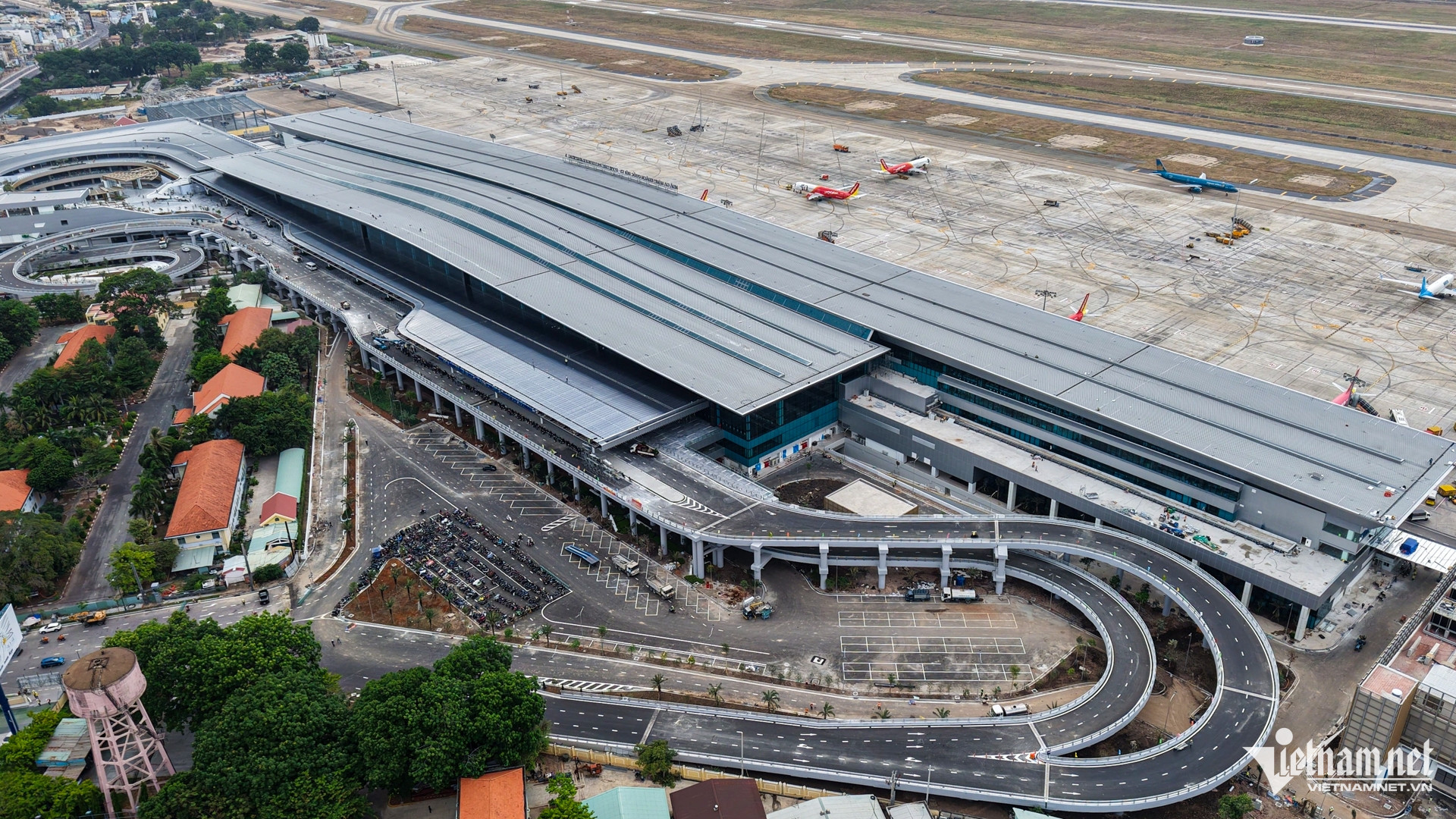
Terminal T3 of Tan Son Nhat Airport: A new departure point to explore Vietnam
- on Apr 21, 2025 By: Phuong Mai NGUYEN
From April 2025, the highly frequented Tan Son Nhat International Airport in Ho Chi Minh City will be transformed with the opening of the new T3 Terminal dedicated to domestic flights. This development is a significant step in the improvement of Vietnam’s aviation infrastructure. The new terminal will ameliorate connections for foreign travelers wishing to quickly reach other parts of the country, providing a smoother transition between international and domestic flights and ensuring greater comfort for all passengers.
A better welcome for domestic flights in Vietnam
With a planned capacity of 20 million passengers per year, the T3 Terminal at Tan Son Nhat International Airport, Vietnam's largest domestic terminal, covers more than 112,000 m² and offers premium services:
- 89 check-in counters
- 42 self-service kiosks
- 20 automated baggage drop-off points
- 26 boarding gates
- 25 security checkpoints
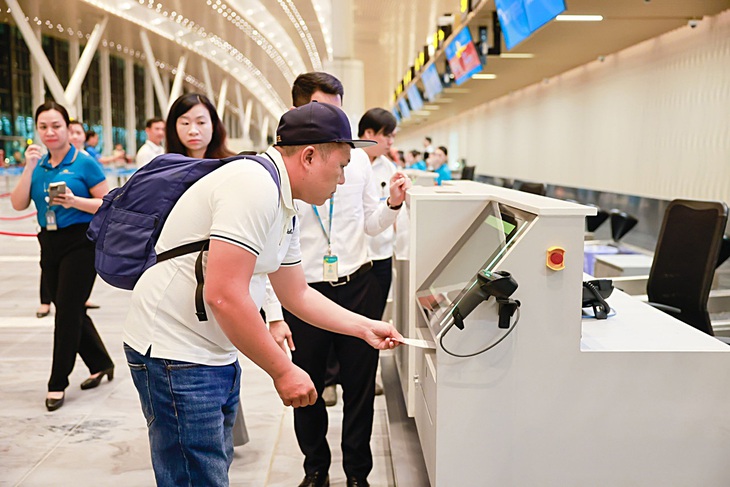
These new introductions aim to provide a smooth travel experience upon arrival in Ho Chi Minh City. Travelers in business class or members of the Lotusmiles program will also enjoy access to a modern and spacious VIP lounge.
Transfer Schedule: When Your Domestic Flight Arrives at Terminal T3
Starting April 19, 2025, Ho Chi Minh City-Hanoi flights will be the first to depart from the new T3 Terminal. From April 28, all domestic flights operated by Vietnam Airlines (code VN) will move to T3, with the following exceptions:
- Flights to Con Dao, Ca Mau, and Rach Gia remain at Terminal T1
- Flights operated by Pacific Airlines (BL), VASCO (0V), and some partner airlines such as VCS, CAH, and VKG.
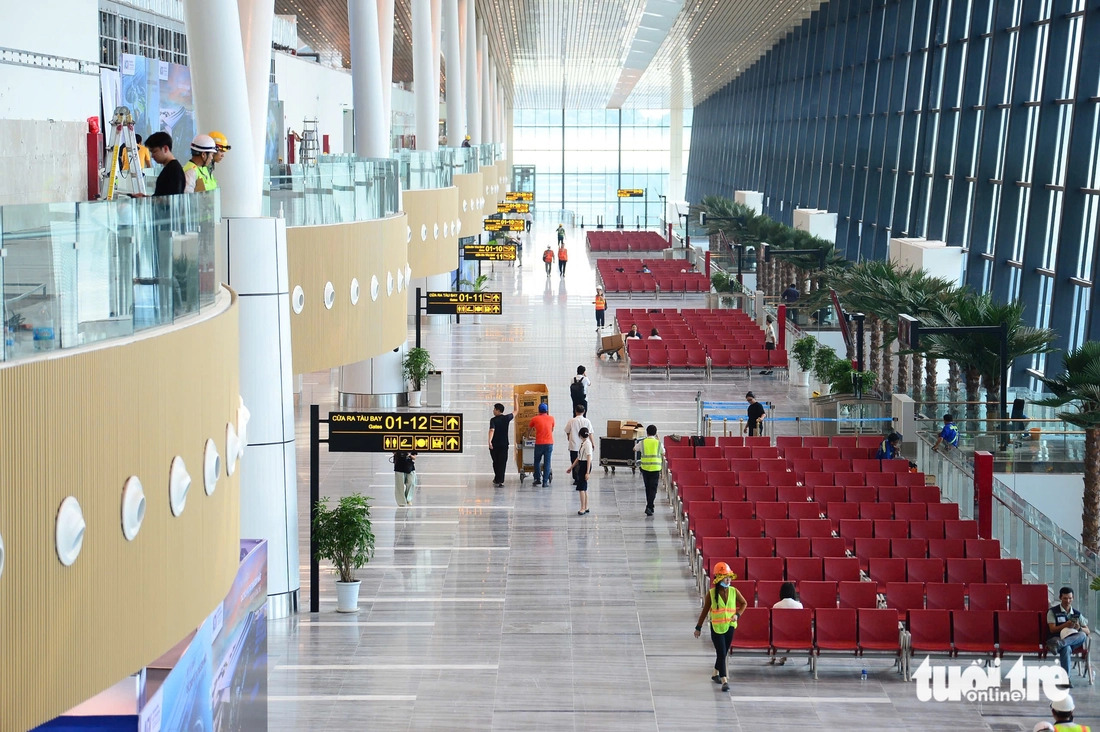
Note: Starting from May 2025, the departure terminal will depend on the domestic destination and the airline.
Simplified Connections Between International and Domestic Flights
For travelers arriving in Vietnam from abroad and connecting to other domestic cities, here are the recommended transfer times:
Between two domestic flights operated by Vietnam Airlines at Terminal T3: A minimum 80-minute connection time is recommended. This allows time for check-in formalities, security checks, and any delays.
Between two domestic flights operated by different airlines using Terminal T1 and T3: A minimum 80 minutes connection time is also advised. This accounts for the transfer between terminals, which may require shuttle buses or walking, as well as additional check-in and security procedures.
Between an international flight (Terminal T2) and a domestic flight (Terminal T3), or vice versa: A recommended connection time of 120 to 170 minutes is suggested. This covers immigration, baggage claim, customs, terminal transfer, and check-in for the next flight.
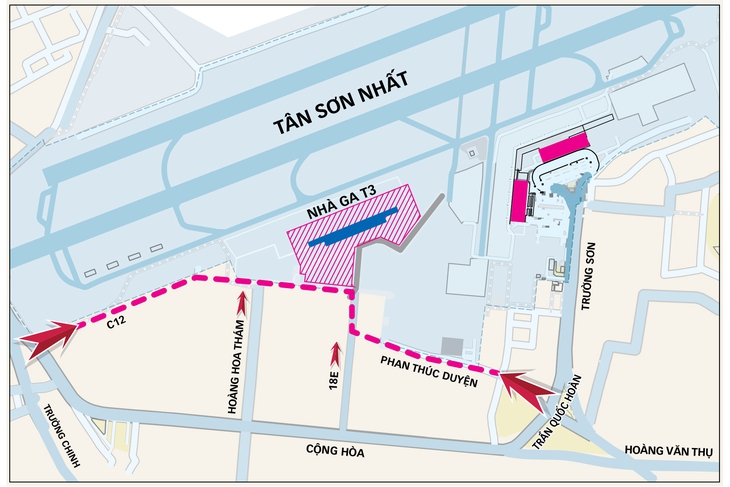
The reservation system will automatically block unfeasible connections to avoid the risk of missing a transfer.
How to move between terminals: Free Shuttles and Easy Access
The three terminals are linked by a free shuttle service every 10 to 20 minutes. The journey takes around 10 to 20 minutes, depending on traffic. A new road has also been built to provide direct access to Terminal T3 from the city center via Tran Quoc Hoan- Cong Hoa.
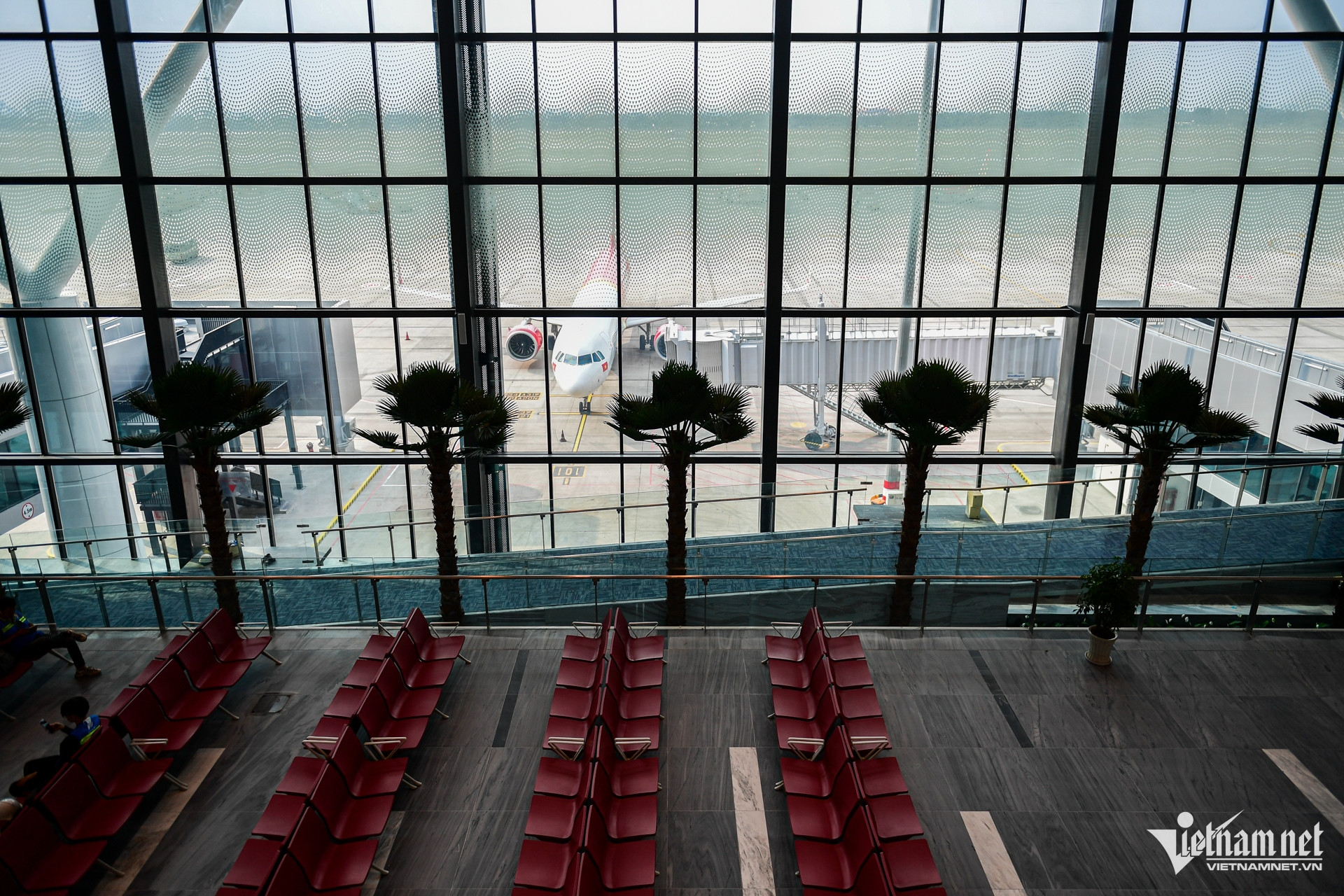
Tip: If you are traveling with checked baggage or as a family, always allow a comfortable buffer time between your flights.
How to Prepare for Your Transit in Ho Chi Minh City
- Check your departure terminal indicated on your ticket or in your confirmation emails.
- Arrive at least 2 hours before your domestic flight’s departure.
- Use online check-in to save time
- Check your airline’s notifications regularly.
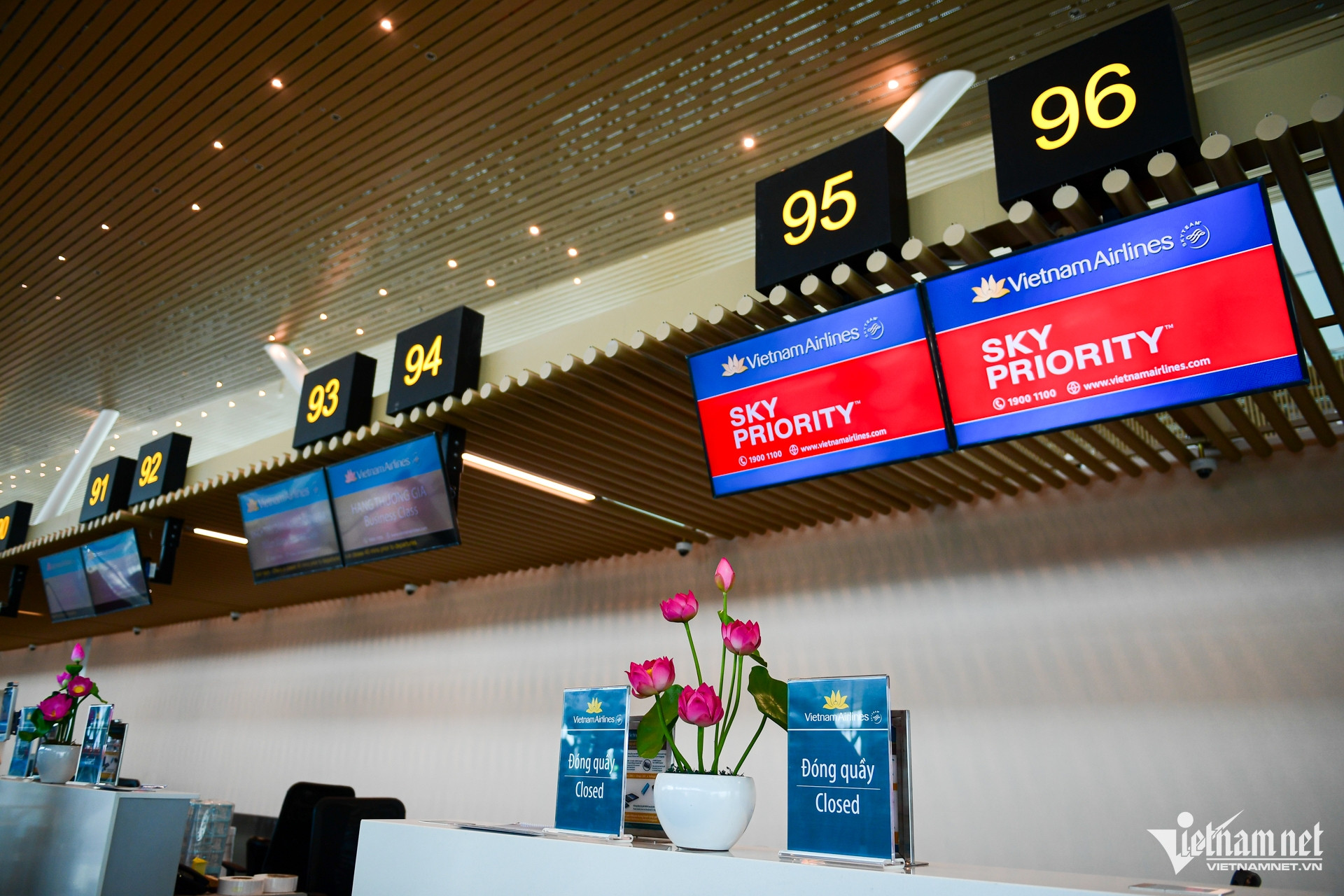
Why This Modernization Matters
The opening of Tan Son Nhat Airport’s Terminal T3 represents more than just an improvement in airport infrastructure. With an investment of nearly 11,000 billion VND (about 431 million USD), this project embodies a major advancement for Vietnam in economic, social, and geopolitical terms.
An Economic Lever for Regional Development
Terminal T3 is designed to handle up to 20 million passengers annually, alleviating congestion at Terminal T1, which is currently operating beyond its intended capacity. This expansion will help streamline domestic air traffic, which is essential for supporting tourism growth and facilitating business among major Vietnamese cities. By improving connectivity, Terminal T3 will enhance the local and national economy, attract more investments, and create additional job opportunities.
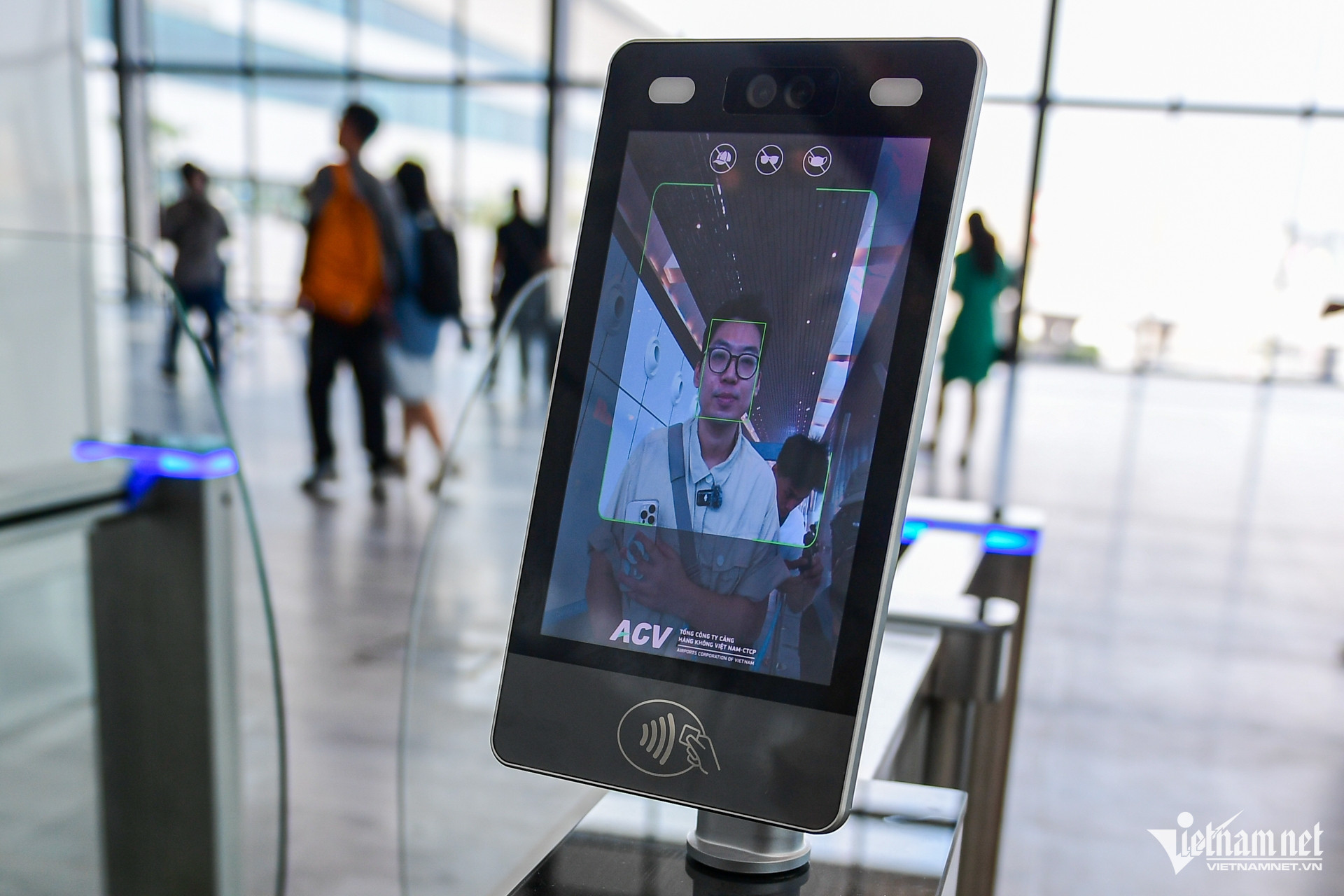
The Smart Airport model applies biometric technology and artificial intelligence (AI) to help passengers easily complete all necessary procedures, making the experience smoother and faster.
A Step Towards Sustainable Aviation
Beyond its technical features, Terminal T3 symbolizes Vietnam’s modernization. Its architecture, inspired by the Ao dai, reflects the harmony between tradition and innovation. The inauguration of the terminal coincides with the 50th anniversary of the Liberation of the South and National Reunification, reinforcing its symbolic importance in the country’s contemporary history.
Terminal T3 is part of a long-term vision to position Vietnam as a major air hub in Southeast Asia. Complementing the future Long Thanh International Airport, this new infrastructure will help efficiently distribute air traffic, reducing pressure on existing facilities and contributing to sustainable economic growth by improving the aviation sector’s resilience to future challenges.
The opening of Terminal T3 at Tan Son Nhat is a multidimensional initiative that will strengthen Vietnam’s position on the international stage, improving its citizens’ quality of life and boosting the national economy.
Related articles:
>> Hanoi and Ho Chi Minh City Among the 100 Most Attractive Cities in the World in 2024
 Español
Español Français
Français









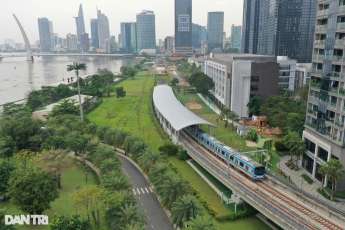


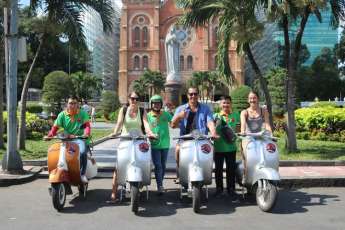







TraZefUK
on Nov 28, 2025HerbertPhomaMS
on Oct 19, 2025Lilyan Cuttler
on Oct 15, 2025Avenue17XC
on Sep 14, 2025Avenue18JL
on Jul 21, 2025